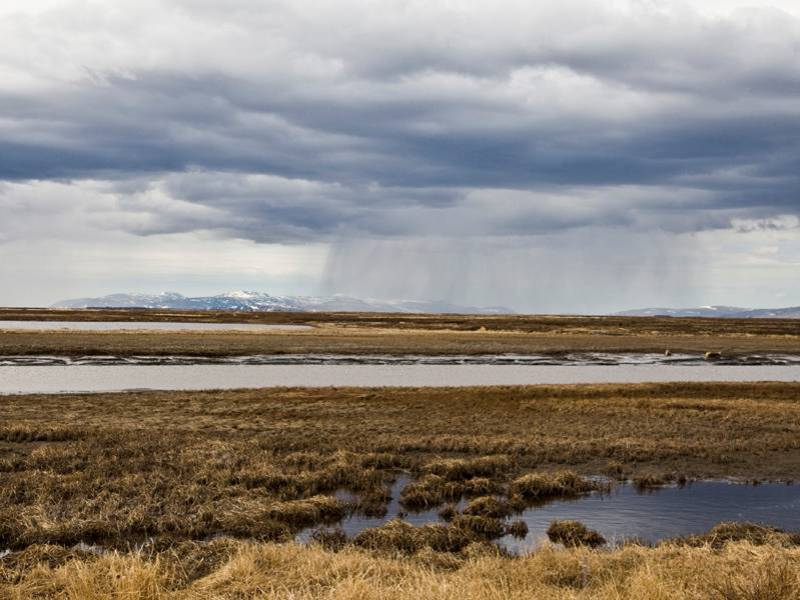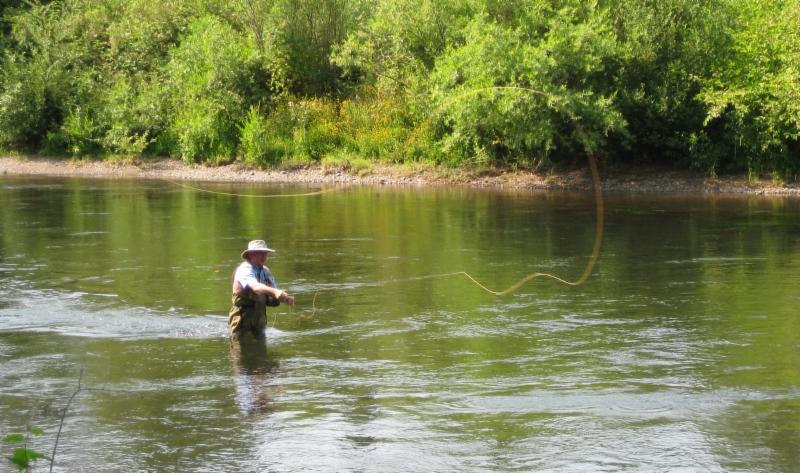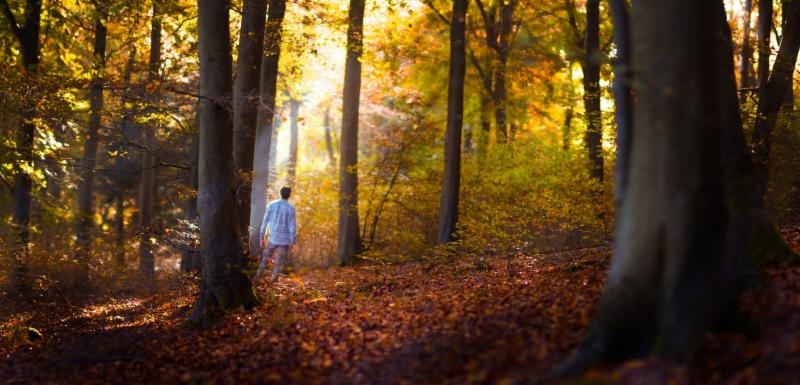Dead Zone Demands a New Approach
Des Moines Register
Photo by Jason Mrachina/flickr
Imagine if Minnesotans and Dakotans were dumping chemicals that ended up downriver and threatened the livelihoods of Iowans. How would we react?
Would we believe their assurances that they're doing all they can? Would we give them decades to clean up their act?
What would you do if you were a fisherman in Louisiana and listened as states upriver pledged to cut fertilizer use? Meanwhile, the runoff from Midwestern farm fields kept polluting the Gulf of Mexico year after year, killing fish and shrimp.
And what would you think if one of those states, Iowa, resisted funding ways to keep nutrients from reaching waterways? And then it turned around and gave massive incentives to new fertilizer plants to assure a cheap supply of the pollutant?
You might think the whole thing stinks.
The McGraw Center for Conservation Leadership's Heartland Waters Initiative seeks to alleviate the "dead zone" by improving water quality. Learn more about it here.
|
|

Alaska's Permafrost is Melting, Quickly
By Henry Fountain/The New York Times
Photo by US Fish & Wildlife/flickr
The Arctic is warming about twice as fast as other parts of the planet, and even in sub-Arctic Alaska the rate of warming is high. Sea ice and wildlife habitat are disappearing; higher sea levels threaten coastal native villages.
But to the scientists from
Woods Hole Research Center
who have come here to study the effects of climate change, the most urgent is the fate of permafrost, the always-frozen ground that underlies much of the state.
Starting just a few feet below the surface and extending tens or even hundreds of feet down, it contains vast amounts of carbon in organic matter - plants that took carbon dioxide from the atmosphere centuries ago, died and froze before they could decompose. Worldwide, permafrost is thought to contain about twice as much carbon as is currently in the atmosphere.
Once this ancient organic material thaws, microbes convert some of it to carbon dioxide and methane, which can flow into the atmosphere and cause even more warming. Scientists have
estimated
that the process of permafrost thawing could contribute as much as 1.7 degrees Fahrenheit to global warming over the next several centuries, independent of what society does to reduce emissions from burning fossil fuels and other activities.
|
Pen-Raised Sage Grouse Aren't Such a Good Idea
By Dr. Jack Connelly/Casper Star-Tribune
Photo by Bryant Olsen/flickr
Wyoming's recent decision to raise sage-grouse in captivity as a "conservation" measure left many professional biologists scratching their collective heads. Many of us were even more perplexed when Secretary of the Interior Ryan Zinke apparently came out in support of this action.
Thanks to scientific research dating to the 1930s, we know a great deal about sage grouse biology and management. Many papers have been published on conservation of sage grouse populations and habitat, including a blueprint for conserving them written by 20 authorities on sage grouse and sagebrush habitats. Additionally, at least 10 state plans for conserving sage grouse have been released.
Although there were some differences in approach and emphasis, all of these documents shared at least two things in common: All focused on the importance of habitat conservation and restoration, and none suggested captive rearing of sage grouse as a viable management tool for restoring or maintaining populations.
|

What a Fishing License Does
for Conservation
By Debbie Hanson/TRCP
Photo by smiley/flickr
When you're buying or renewing your fishing license, you're probably only thinking about the possibility of the new season or exploring a promising new stretch of river. But are you aware of just how hard your fishing license is working on your behalf of your future days on the water?
Here are five examples of how the dollars spent on your fishing licenses, boat registrations, and excise taxes on fishing gear and boat fuel purchases go back to conservation and public access. And at
$1.1 billion
, that's a sizeable down payment on the next generation of anglers in America.
|
 All Nature Relaxes - Just Some More than Others
All Nature Relaxes - Just Some More than Others
By Brandon Keim/Anthropecene
Photo by Tom Hall/flickr
That natural settings are better for mental health than heavily developed spaces is a tenet of modern environmentalism and urban design. There's much to unpack in that statement, though: are nature-rich settings especially rejuvenating? Or will any old green space do?
"Research within health-promoting environments is dominated by a focus on the difference between the urban and the natural environment," write researchers led by landscape architects Ulrika Stigsdotter and Sus Corazon of the University of Copenhagen
in a study published in Landscape and Urban Planning
. "Less is known about which qualities of the natural environment promote mental health."
To explore the particulars of nature's restorative effects, Stigsdotter's team interviewed 26 female Danish college students after they walked through recreational forest in an arboretum near Copenhagen.
The most-tended and obviously human-made settings proved to be the least-favorite, and were least effective at promoting a restoration of attention - one of the primary purposes of designing green space for mental health. The least-tended, more species-rich areas were favored by the study's subjects, who reported a greater restoration of attention.
|
|
|
|
|
|